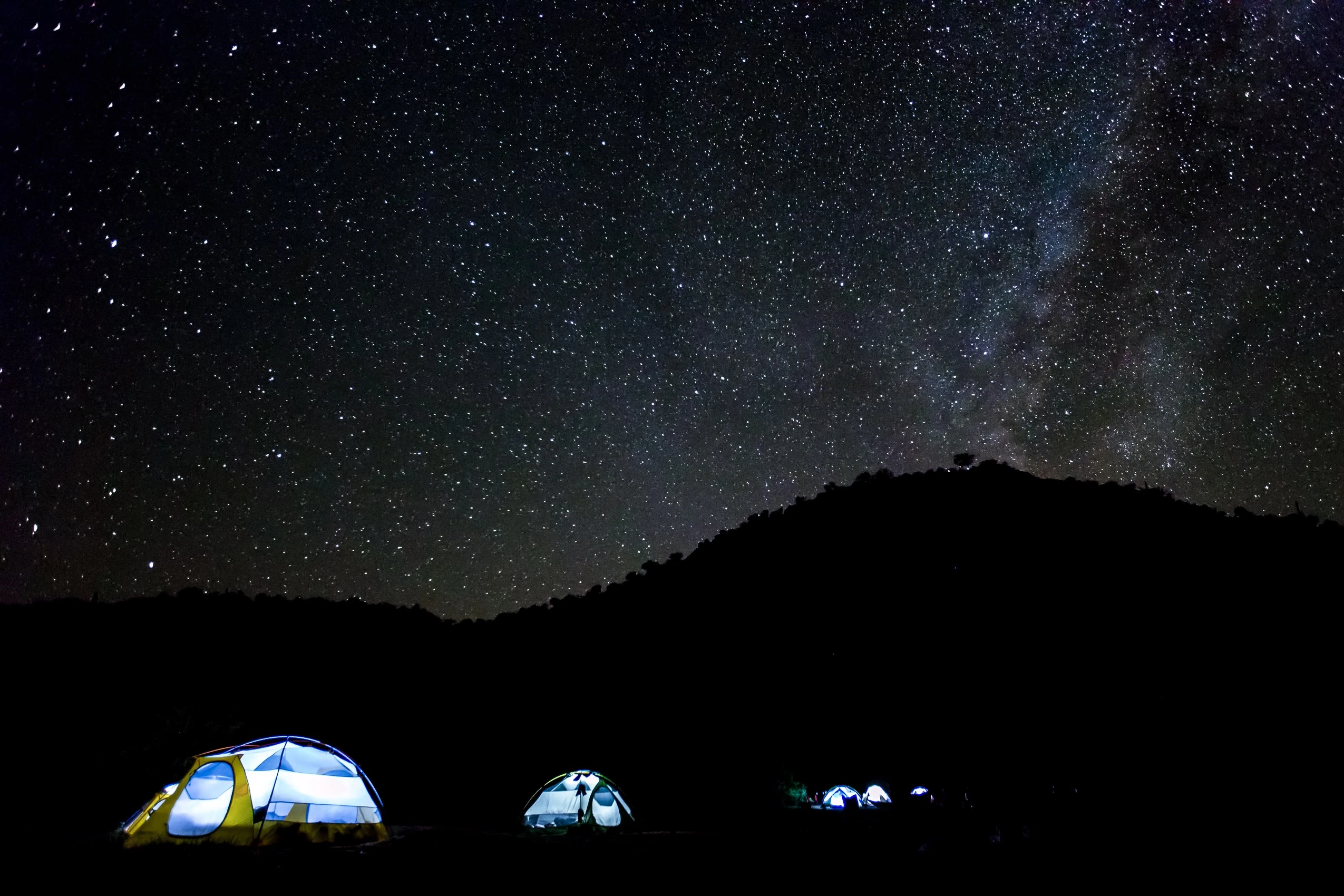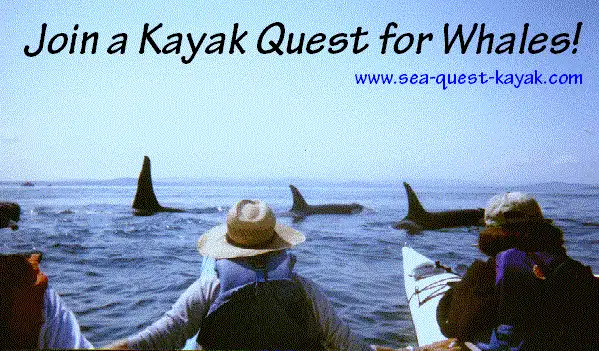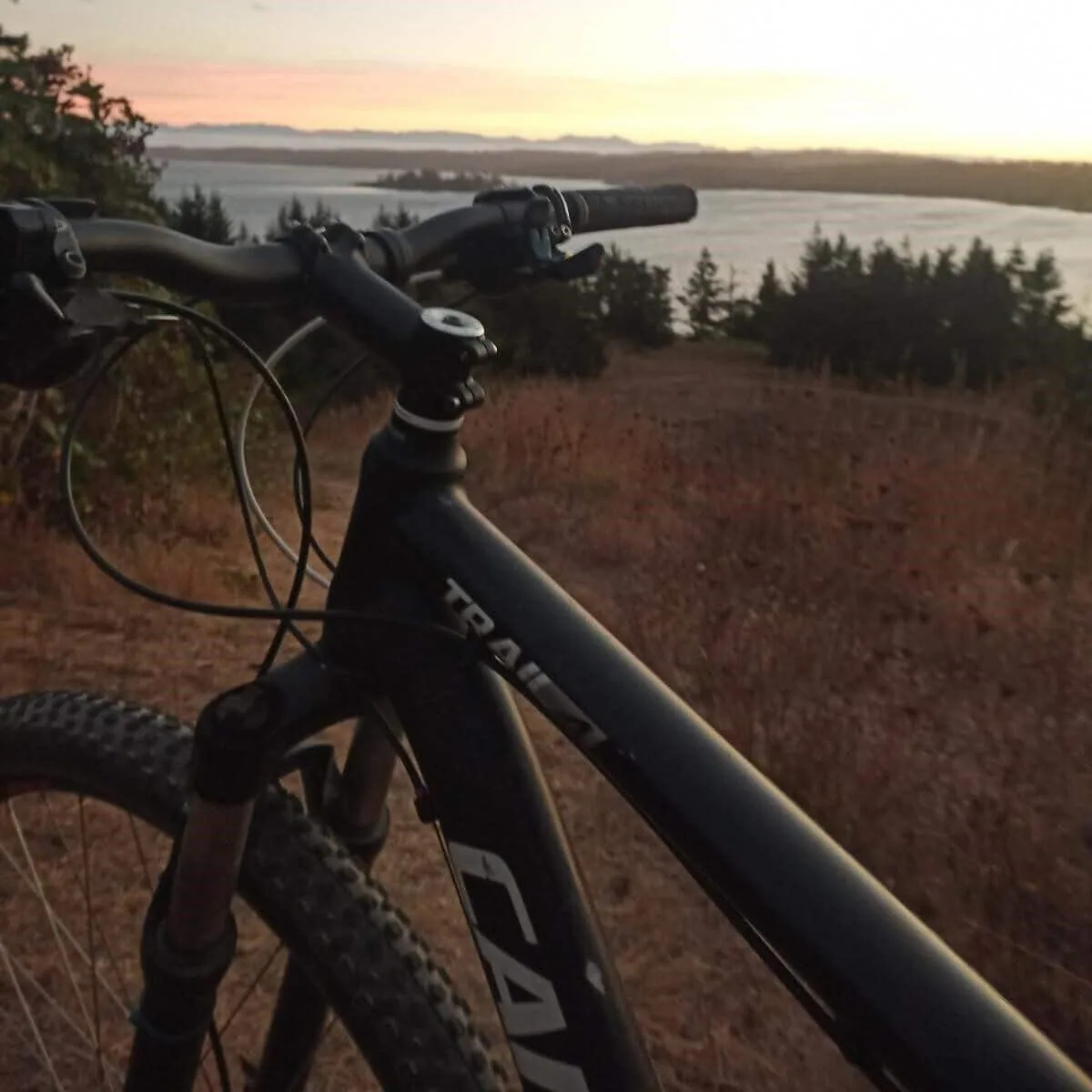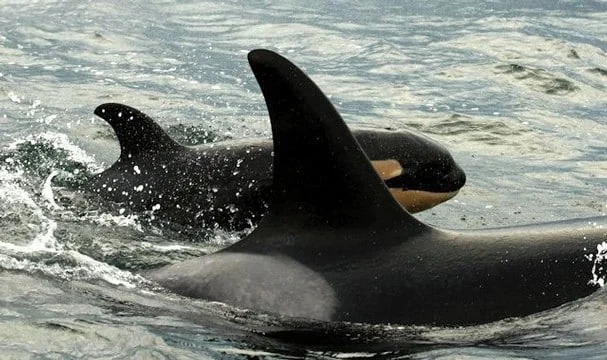Lonely Planet just created a list of the “World’s Top 10 Cycling Routes” and named the San Juan Islands to it. This is part of their series of “Best in Travel” lists, now available in book form. In addition to the San Juan Islands of Washington State, the list includes vacation locations in New Zealand, Canada, Italy, England, Australia, France, Ireland, Cuba and Vietnam. The San Juan Islands are described in the book: “The ferry….weaves it way calmly, the perfect introduction to the slow, peaceful character of these islands. Awaiting you are forested shorelines, secluded coves, bucolic vistas and quiet roads. The three largest islands, Lopez, Orcas and San Juan, each have their own distinctive charm, with historic sites and art galleries.” The ferry route is Washington State’s newest Scenic Byway, recently named by the Society of American Travel Writers as the 4th best ferry ride in the world! Travel & Leisure Magazine surveryed their readers who ranked San Juan Island as the Top 5 Vacation Island in North America. Lonely Planet, is a major publisher of vacation travel guide books. Those of us at Sea Quest do a lot of traveling between kayaking tours and we are big fans as their authors do lots of local research. We are absolutely certain that when they create their list of “World’s Top 10 Kayaking Routes” that the San Juan Islands will get the nod again! Sea Quest is already recommended in many regional travel guides books for the San Juan Islands, Alaska and Baja that were published by the biggest player’s in this field: Fodor’s, Moon, Lonely Planet and many others. Join Sea Quest in the World’s Top Kayaking & Cycling Vacation Destination of the San Juan Islands, Washington!




